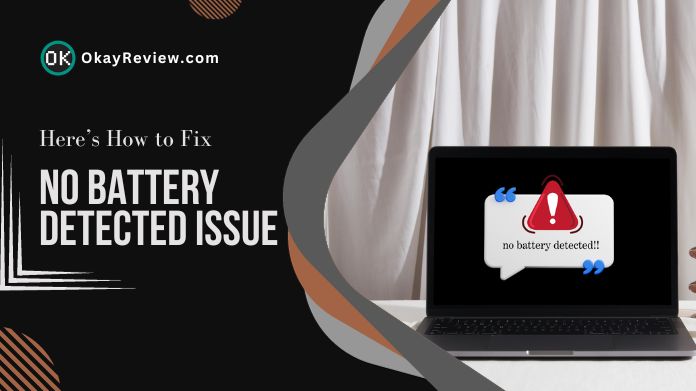Windows users often face various technical challenges, but few are as perplexing as the no battery detected error.
This issue can disrupt your workflow and cause significant inconvenience, especially when you rely on your laptop for mobility and flexibility.
Fortunately, resolving this problem is often within reach through a series of straightforward steps. In this guide, we’ll explore various methods to address the no battery detected issue in Windows, ensuring that your laptop’s power management returns to its optimal state.
From simple fixes like checking connections to more advanced solutions like driver updates, we’ll guide you through each process to help restore your laptop‘s functionality.
Table of Contents
Quick Fixes to Try First for No Battery Detected Issue
When your laptop displays a no battery detected message, it can disrupt your work and cause unnecessary stress.
However, often, the solution is simpler than expected. Here are three quick fixes with easy-to-follow steps and explanations for each.
1. Restarting Your Laptop
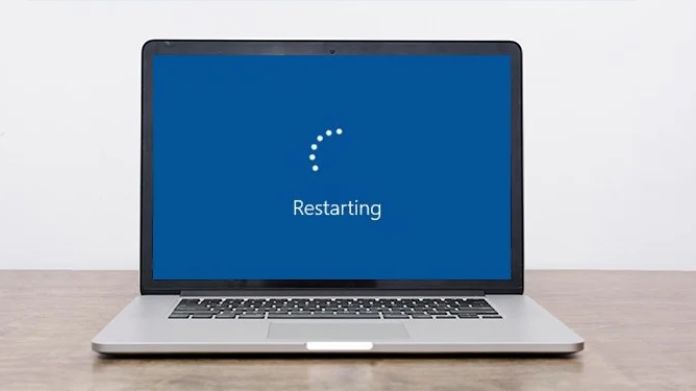 Restarting your laptop can resolve temporary software conflicts or glitches that might be causing the no battery detected error.
Restarting your laptop can resolve temporary software conflicts or glitches that might be causing the no battery detected error.
Steps:
- Save any open files and close all programs.
- From the Start menu, choose the Power button.
- Choose ‘Restart’ from the options.
- Wait for the laptop to power off, then turn it back on.
- Check if the battery is now detected.
2. Ensuring the Battery is Properly Connected
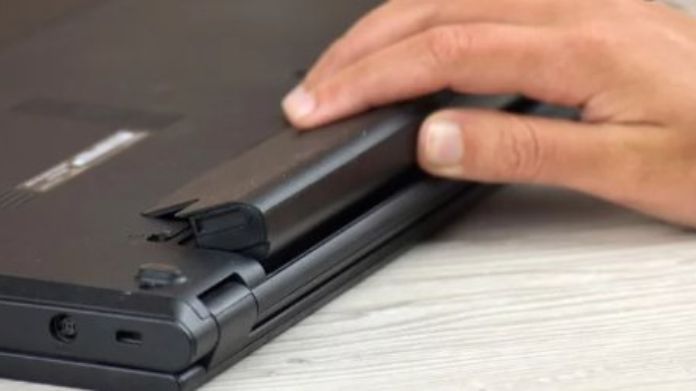 A loose or improperly seated battery can prevent your laptop from recognizing it, leading to the no battery detected message.
A loose or improperly seated battery can prevent your laptop from recognizing it, leading to the no battery detected message.
Steps:
- Power off your laptop and disconnect it from any power source.
- If your laptop has a removable battery, release the battery latch and gently remove the battery.
- Inspect the battery and the compartment for any signs of damage.
- Reinsert the battery, ensuring it clicks into place securely.
- Power on your laptop and check if the battery detection issue is resolved.
3. Cooling Down Your Laptop if Overheated
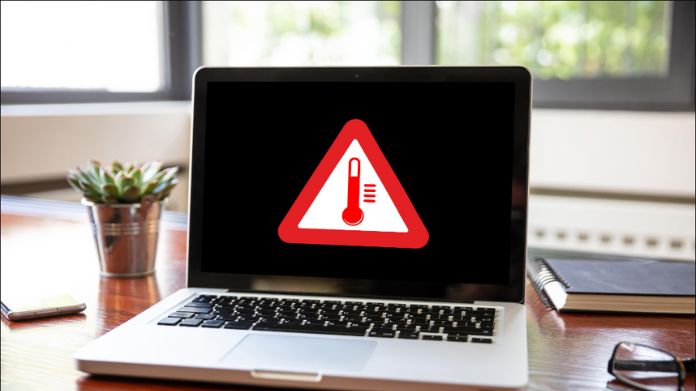 Overheating can cause various system errors, including the no battery detected issue. Cooling down your laptop helps it to reset and function normally.
Overheating can cause various system errors, including the no battery detected issue. Cooling down your laptop helps it to reset and function normally.
Steps:
- Turn off your laptop and unplug it from the power source.
- Move the laptop to a cooler, well-ventilated area away from direct sunlight.
- Let the laptop sit and cool down for at least 30 minutes.
- After it has cooled, restart the laptop.
- Check if the battery is now being detected.
Checking Battery Status and Power Adapter
When your laptop displays the no battery detected message, it’s crucial to check the battery’s status and the power adapter.
These checks can often reveal the root cause of the issue. Here’s how you can efficiently perform these checks.
1. Check the Battery’s Status in the Device Manager
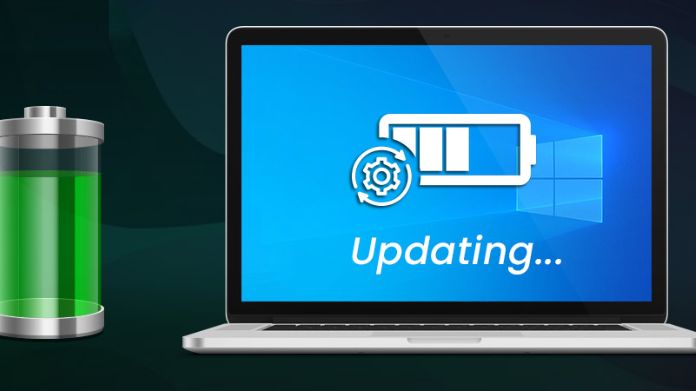 The Device Manager in Windows provides detailed information about the hardware connected to your computer, including the battery.
The Device Manager in Windows provides detailed information about the hardware connected to your computer, including the battery.
Checking here can reveal if the system recognizes the battery and if there are any driver issues.
Steps:
- Use the Windows key + R to open the Run dialog box.
- To open Device Manager, type devmgmt.msc and press Enter.
- Scroll down to ‘Batteries’ in the Device Manager and expand the section.
Look for your laptop’s battery (usually labeled “Microsoft ACPI-Compliant Control Method Battery”). - Right-click it and choose ‘Properties.’ Look for any error notices in the device’s status.
- If the status indicates a problem, consider updating the driver by right-clicking and selecting ‘Update driver.’
2. Ensuring the Use of the Correct Power Adapter
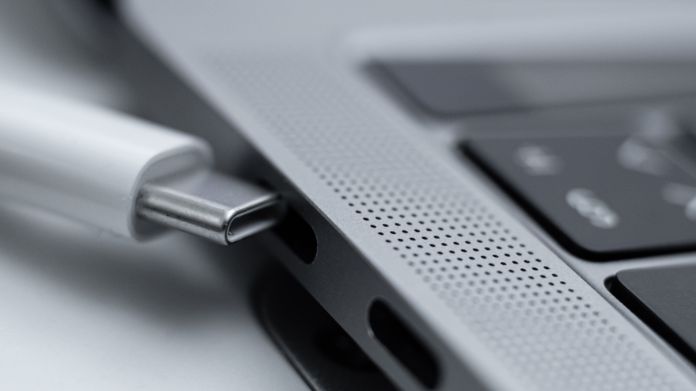 Using an incorrect or faulty power adapter can lead to charging issues, which in turn can cause the no battery detected error. Ensuring you’re using the right adapter is crucial for the battery’s health and functionality.
Using an incorrect or faulty power adapter can lead to charging issues, which in turn can cause the no battery detected error. Ensuring you’re using the right adapter is crucial for the battery’s health and functionality.
Steps:
- Check the power adapter for any physical damage, such as frayed cables or broken connectors.
- Confirm that the adapter’s voltage and current specifications match your laptop’s requirements.
- If you’re using a universal or third-party adapter, ensure it’s set to the correct voltage and has the appropriate tip for your laptop model.
- Connect the adapter to your laptop and a working power outlet. Check if the laptop indicates that it’s charging.
- If the laptop still doesn’t detect the battery, try using a different adapter if one is available.
Updating Drivers and Windows
When facing the no battery detected issue on your laptop, updating the battery drivers and keeping Windows up-to-date are critical steps.
These updates can resolve underlying software conflicts and compatibility issues that might be causing the problem.
1. Steps to Update Battery Drivers in Device Manager
 Outdated or corrupt battery drivers can lead to detection issues. Updating these drivers ensures that your laptop’s battery communicates effectively with the operating system.
Outdated or corrupt battery drivers can lead to detection issues. Updating these drivers ensures that your laptop’s battery communicates effectively with the operating system.
Steps:
- Click the Windows key + R to open the Run dialog box.
- To start Device Manager, type devmgmt.msc and press Enter.
- Scroll to and expand the ‘Batteries’ category.
- Right-click on the battery listing (often labeled “Microsoft ACPI-Compliant Control Method Battery”).
- Select ‘Update driver’ and then choose ‘Search automatically for updated driver software.’
- To finish the update, follow the on-screen instructions.
- After the update, restart your laptop to ensure the changes take effect.
2. Importance of Keeping Windows Updated to Fix Potential Issues
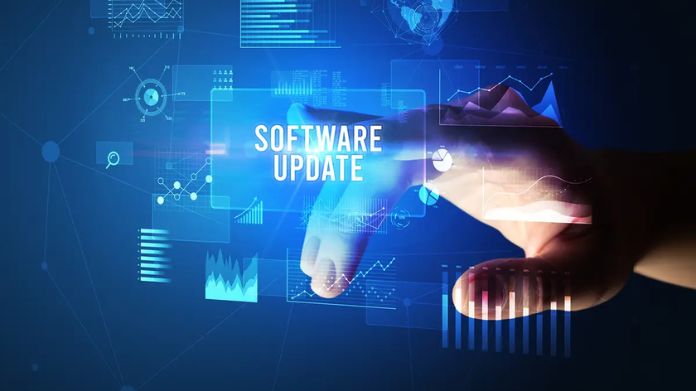 Regular Windows updates bring new features, critical bug fixes, and security patches. These updates can resolve various issues, including the no battery detected error, by improving hardware compatibility and system stability.
Regular Windows updates bring new features, critical bug fixes, and security patches. These updates can resolve various issues, including the no battery detected error, by improving hardware compatibility and system stability.
How to Keep Windows Updated:
- Select Settings from the Start menu. (gear icon).
- Go to ‘Update & Security’.
- In the Windows Update tab, click ‘Check for updates’.
- If updates are available, allow them to download and install.
- If asked, restart your computer to finish the installation process.
Performing a Power Cycle
When your laptop shows a no battery detected message, performing a power cycle can be an effective solution.
This process resets the hardware and can clear any temporary glitches causing the issue.
Here’s how to do it:
- Turn off your laptop and unplug it from any power source.
- If your laptop has a removable battery, take it out.
- Press and hold the power button to drain residual power for 15 seconds.
- Reinsert the battery and reconnect the power source.
- Check to see if your laptop’s battery is now detected.
Closing
The no battery detected issue in Windows laptops can usually be resolved through troubleshooting. From simple fixes like ensuring proper connection and cooling down the laptop to more advanced solutions like updating drivers and BIOS, there are several ways to tackle this problem.

